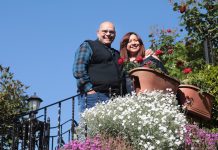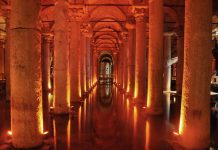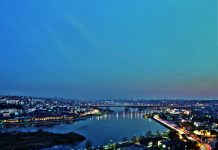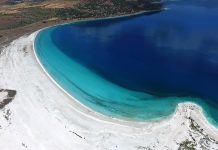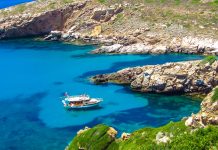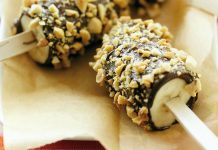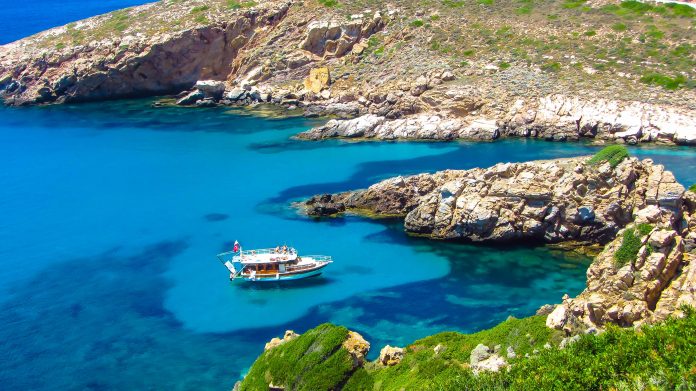he island is surrounded by 17 islets, while the island does not have any rivers apart from minor streams that have a water flow in winter only.
Formerly referred to as Leukophrys in ancient times and as Tenedos in Greek mythology, Bozcaada was invaded and changed hands several times in the course of history by reason of its strategic location. Archeologic excavations in the island’s necropolis have shown that the history of the island dates back to 3000 B.C.
The island is known to have been inhabited by the Pelasgians, Phoenicians, Athenians, Greeks, Persians, Alexander the Great, Byzantines, Genoese, Venetians, Ottomans, in chronological order. After Istanbul was conquered by Mehmet the Conqueror, Bozcaada gained importance for the Turkish people and was eventually made part of Ottoman territories in 1455.
Thereafter, the Ottoman and Venetians fought several times to gain dominance over Bozcaada, as result of which the island changed hands from time to time. Subsequent to a long period under the governance of the Ottomans, the island was occupied by Greece in 1912 during the Balkan Wars. During the Battles of Gallipoli in World War I, the island was occupied by
English and French Forces for the purpose of logistic support. On 20th September 1923, the island has become part of the Turkish Republic by virtue of the Treaty of Lausanne.
The population of Bozcaada, as a place where Greek and Turkish people have been living together for the last 500 years, is about 2500. Nowadays, the Greek population living on the island, which has experienced immigrations and emigrations throughout history, has dropped down to mere 25-30 people, whereas the number of people leaving the big cities to settle on the island has been increasing with each passing day.
The island’s population in summer varies between 5.000 to 10.000, as result of tourists visiting the island, whereas its population can be as low as 1.000 in winter. There are approximately 300 students attending school. While the Greek residents used to make up a little more than the half of the island’s population in the early 0th century, there are only left 3 Greeks on the island today.

The architecture of Bozcaada bears traces of both the Turkish and Greek cultures. Nowadays, Çınar Çarşı Street is found in the place of the stream that used to divide the town center into the Turkish neighborhood on one side and the Greek neighborhood on the other.
Today, the island’s center is consisting of two neighborhoods, namely Cumhuriyet (Greek neighborhood) and Alaybey (Turkish neighborhood). The neighborhoods Cumhuriyet and Alaybey contain buildings that bear traces of Greek and Turkish architecture, respectively.
The classical construction tradition is preserved in the old neighborhoods and streets of the town center. The island is free of irregular settlements since the entire island has been declared as natural and archeological protected area, while all construction and renovation activities are supervised by the Cultural and Natural Heritage Preservation Board. The island’s old architectural texture is preserved, while restorations are carried out with an eye to the island’s unique building style.
While the streets in the Greek neighborhood are in general arranged according to a grid system, in which the streets are wide and intersect each other with a right angle, the streets in the Turkish neighborhood are narrow and tangled. The social and religious buildings are also distributed according to the two neighborhoods: Structures like churches and small chapels are located in the Greek neighborhood, whereas structures peculiar to Turkish culture such as mosque, Turkish bath, fountain, and open-air prayer places are found in Alaybey neighborhood.
Since the island’s flora mostly consists of vineyards, grapery and viticulture is the most important means of livelihood on Bozcaada. Bozcaada is located right at the exit of the strait. Therefore, north winds are predominating the island, making it possible to grow on the island the world’s yummiest sweet white grapes and other grape varieties along with wine grapes, which are processed in the 6 wine factories of the island and supplied to the market.
Click for the places to see in bozcaada
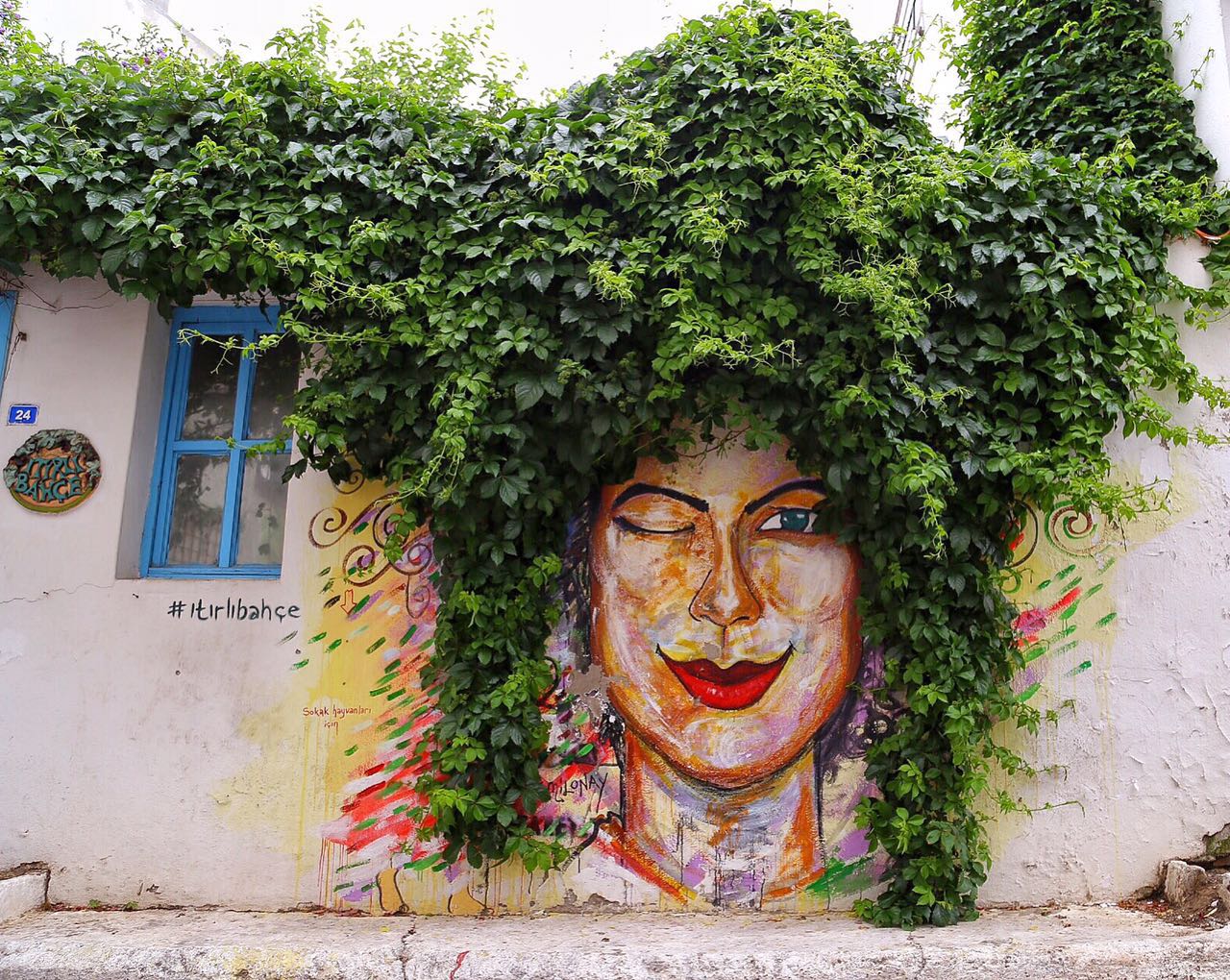
Useful Information for Visitors
• A fruit and vegetable market is set up on Wednesdays.
• Ziraat Bankası is the only bank on the island, while ATMs of banks like Garanti Bankası, İş Bankası, and Akbank ATM are available.
• There is only one pharmacy on the island.
• There is a medical center which is open around the clock.
• There is a rentable football pitch in the island’s town center.
• The public library on the island is open from 8.30 to 17.00 every day except for Mondays and Sundays.
• There is 1 fueling station.
• The use of plastic bags has been abandoned on the island ever since 2011. Paper bags, cloth bags, and mesh bags are used instead.
• There is a marina on the island, with a capacity to accommodate 45 yachts. The marina is operated by the island’s municipality, and the services provided include fuel delivery electricity / water supply using automatic counters. Besides, there are also private enterprises that offer laundry, ice, and rope services to yachts.
• There is 1 post office on the island.
• There is a municipal bus that goes to Çanakkale on the first ship every morning and returns back to the island in the evening.
• Transportation on the island is made by means of taxis, shared taxis, bicycles, and motorcycles.
• There is currier service.
• There is a municipal fish market.
• Boat and diving tours are organized in summer.
• Water sports are available on the beaches of Ayazma and Çayır in summer.
• There are bicycle, car and scooter rental companies.
• 17 wind turbines.




